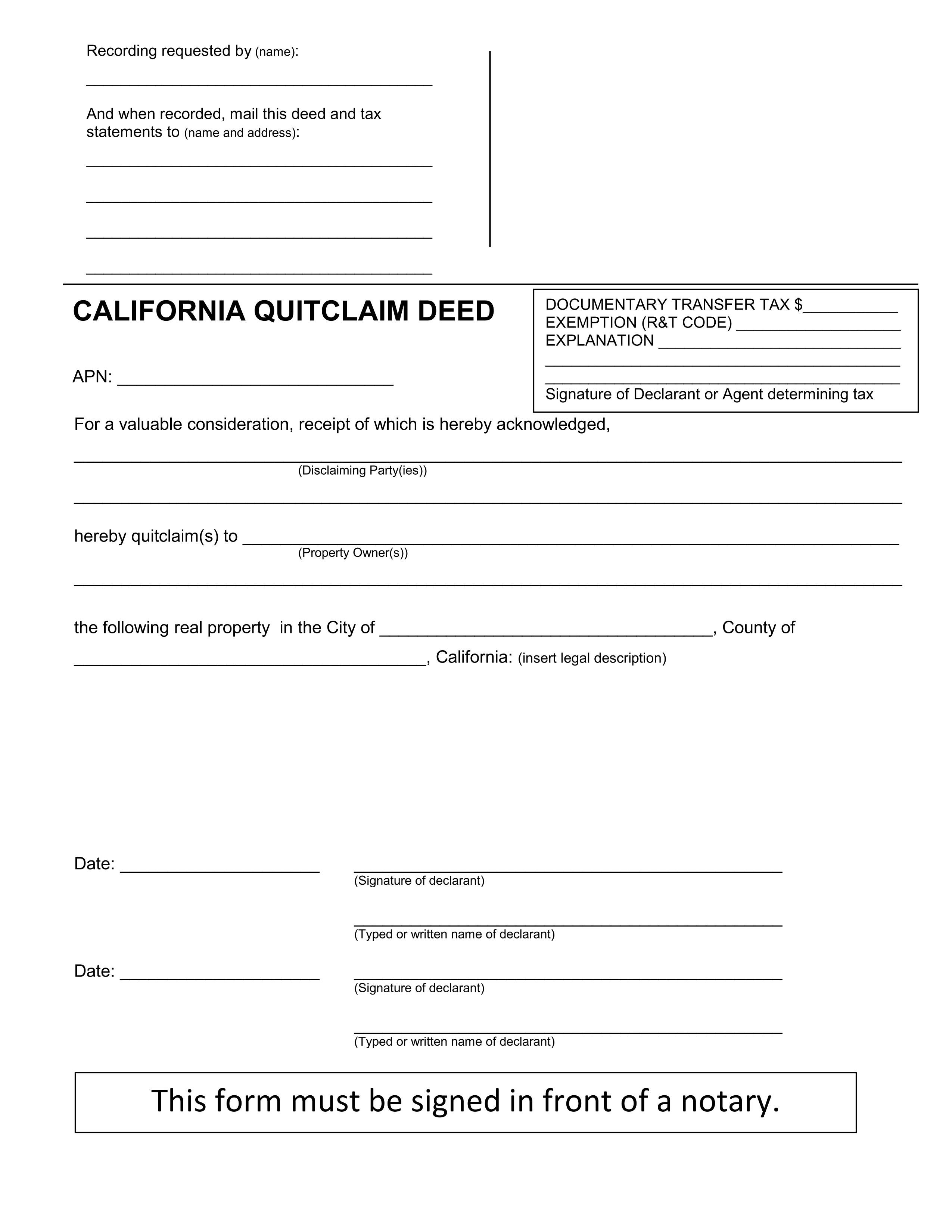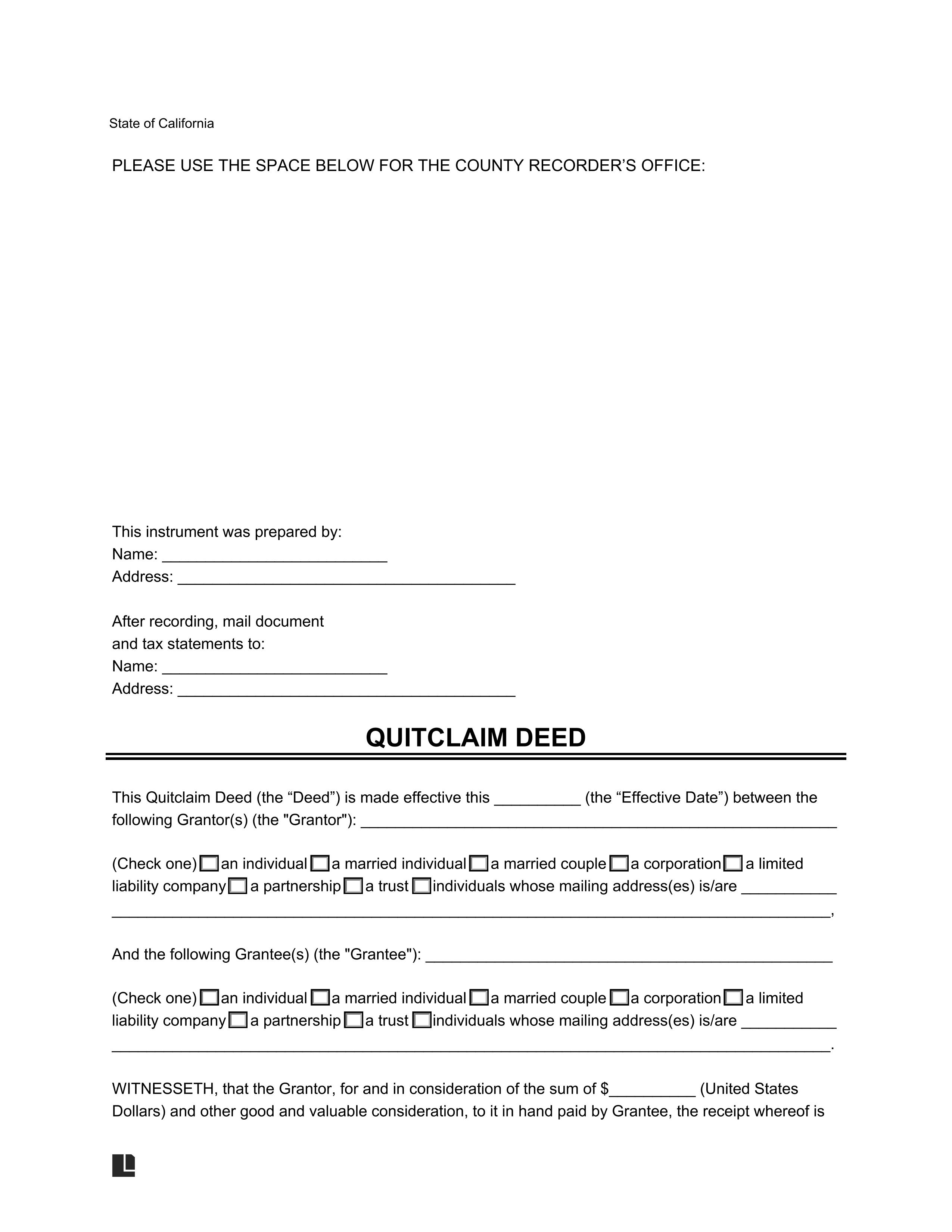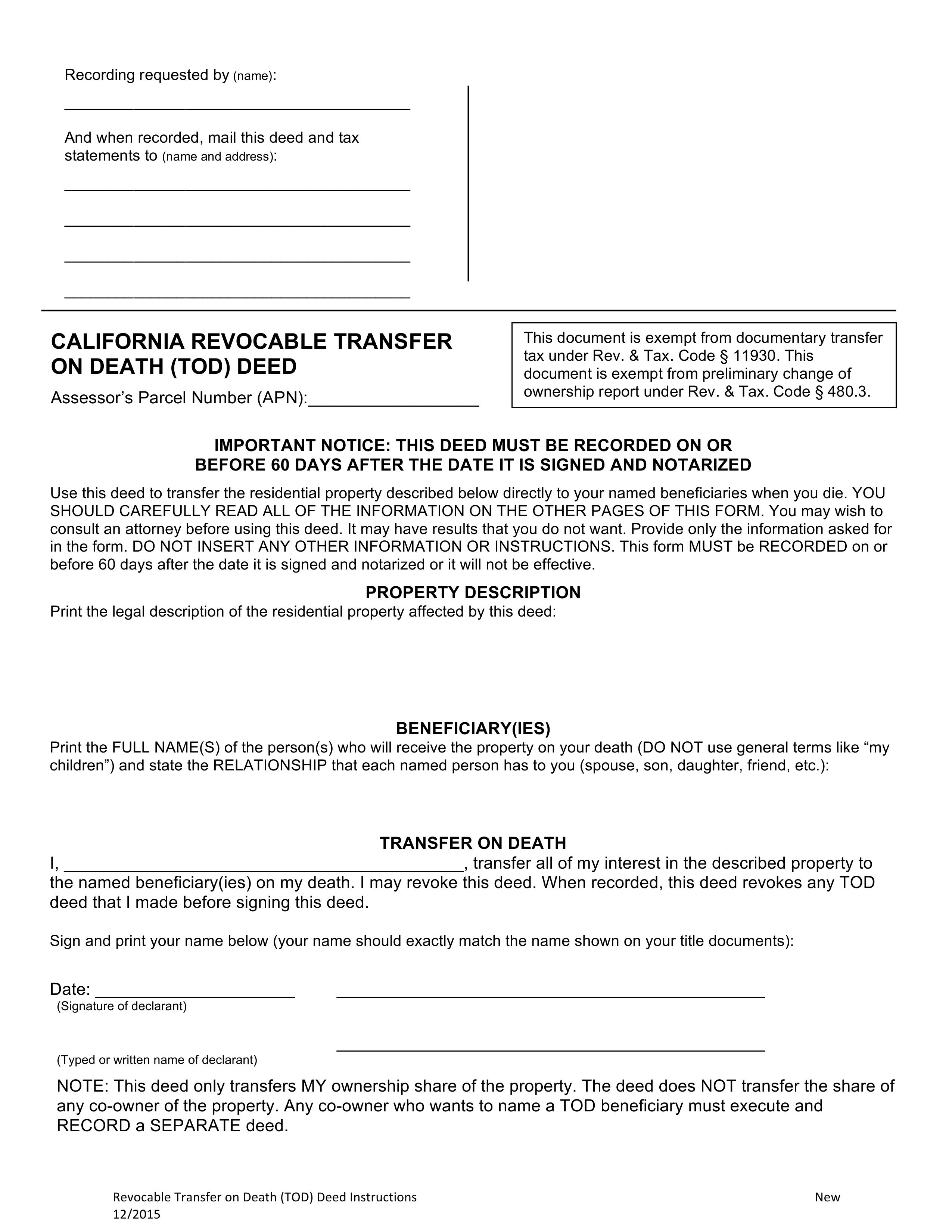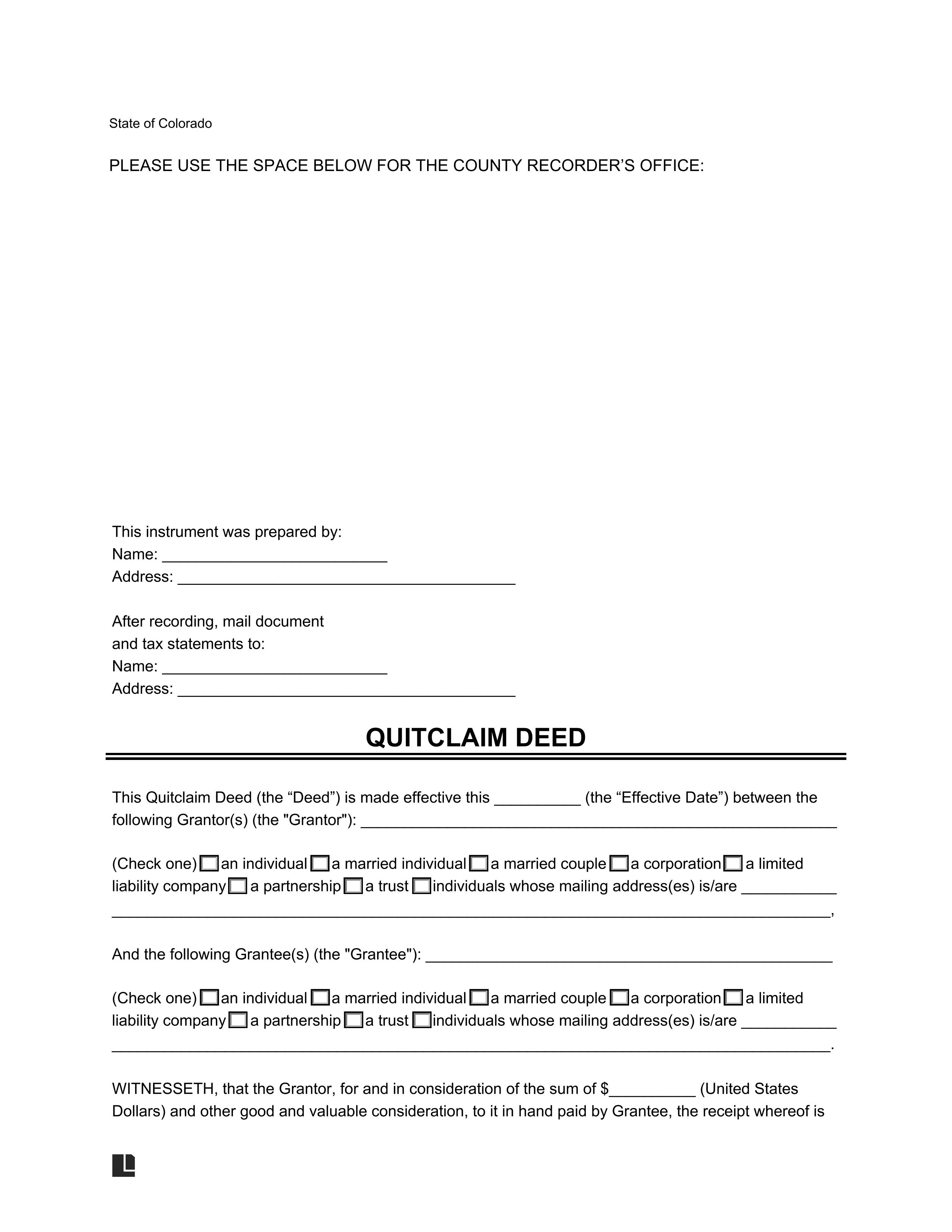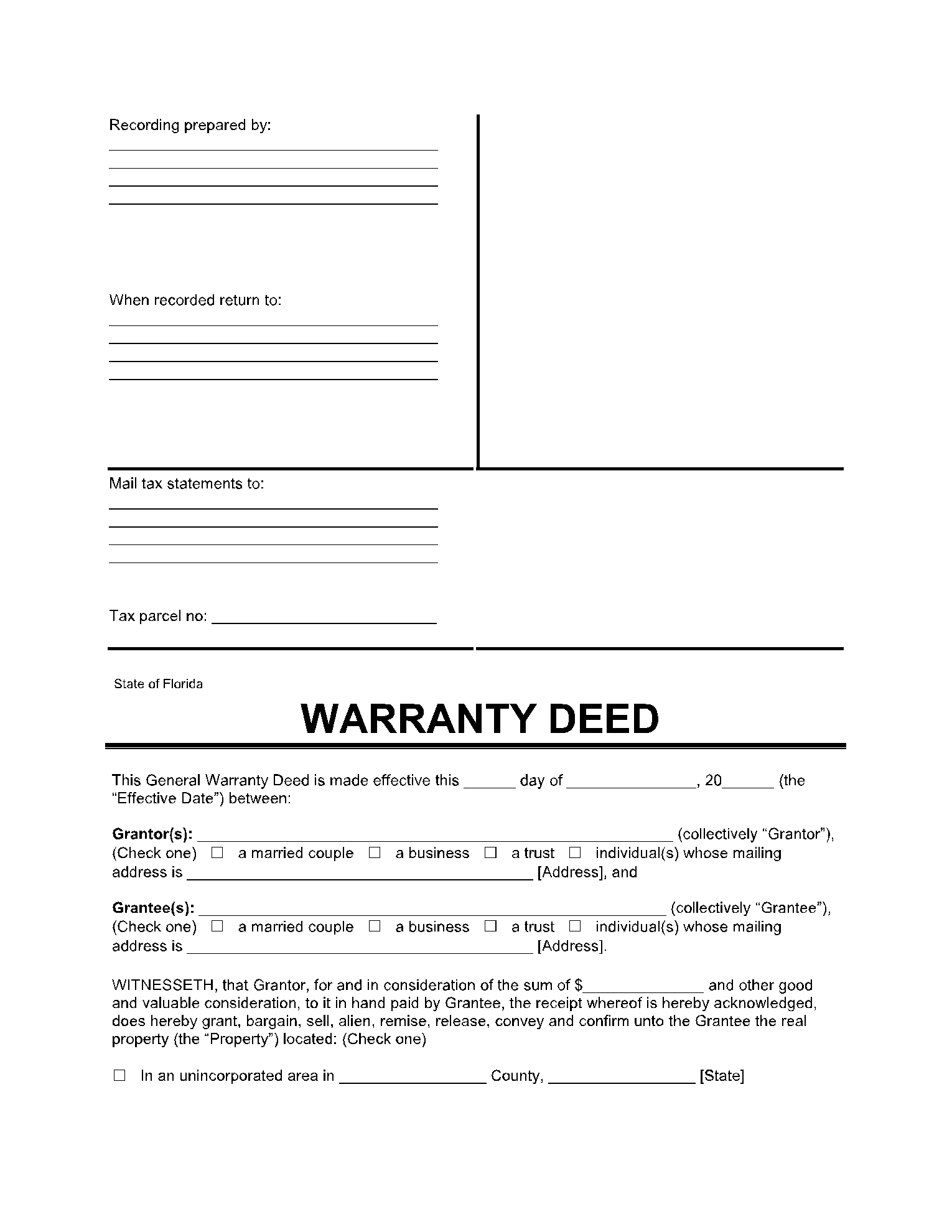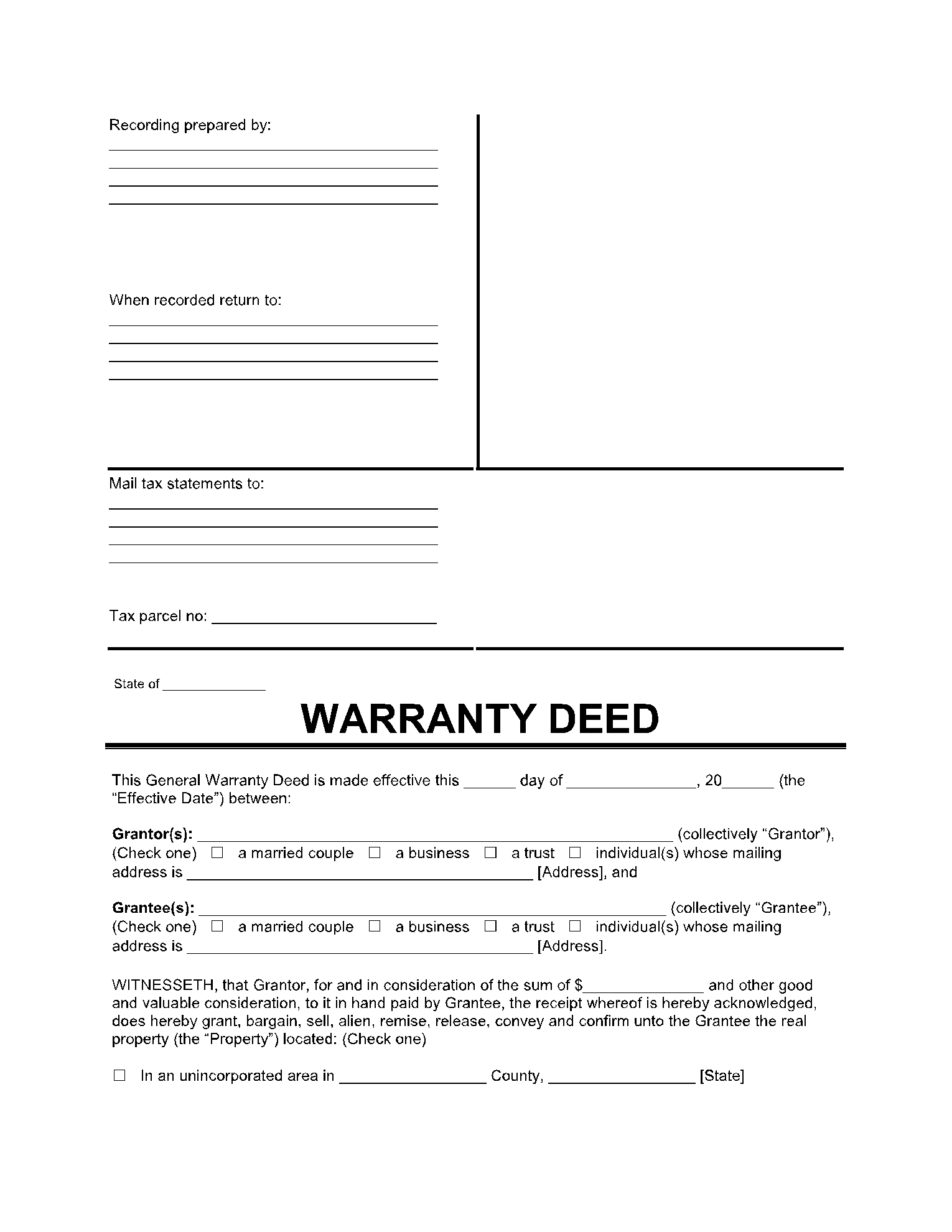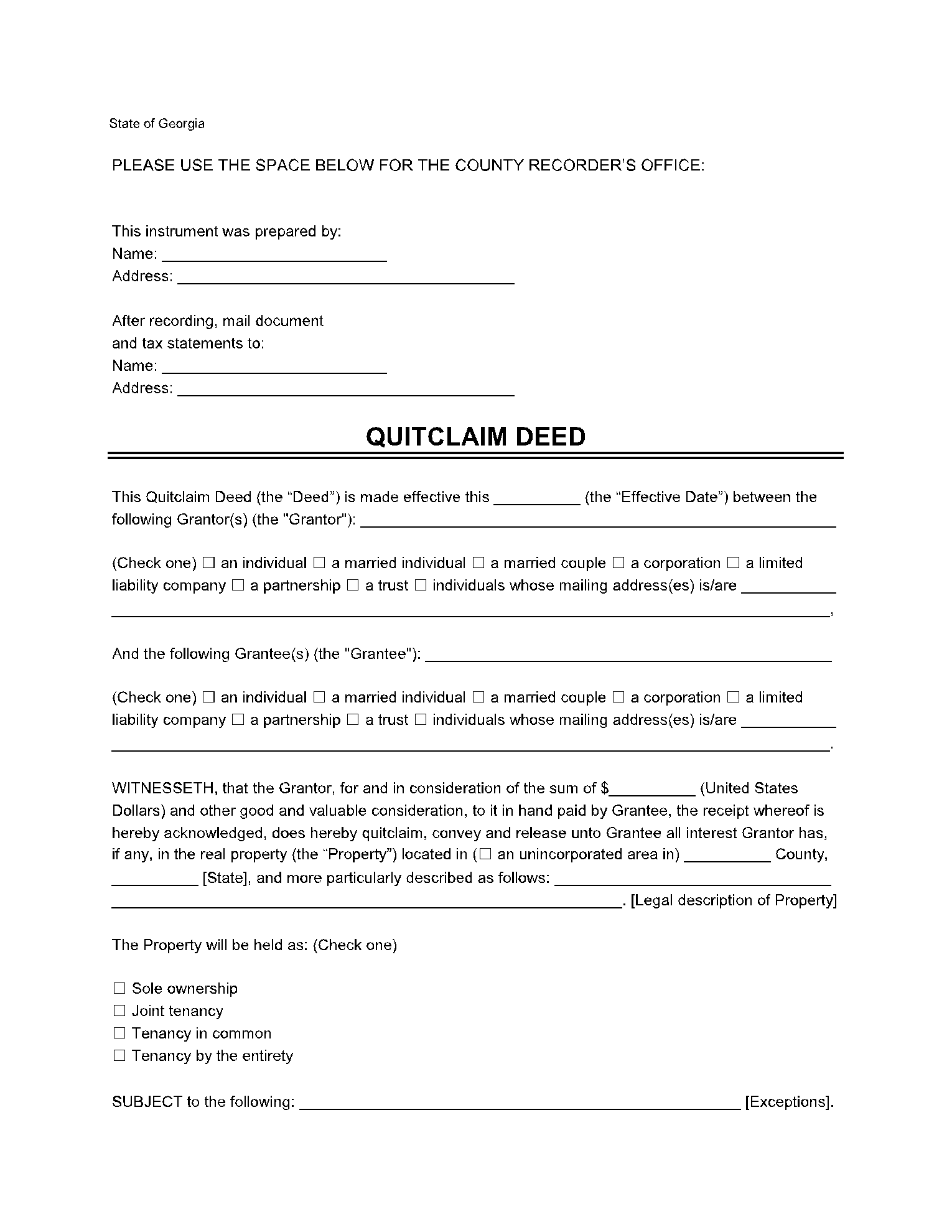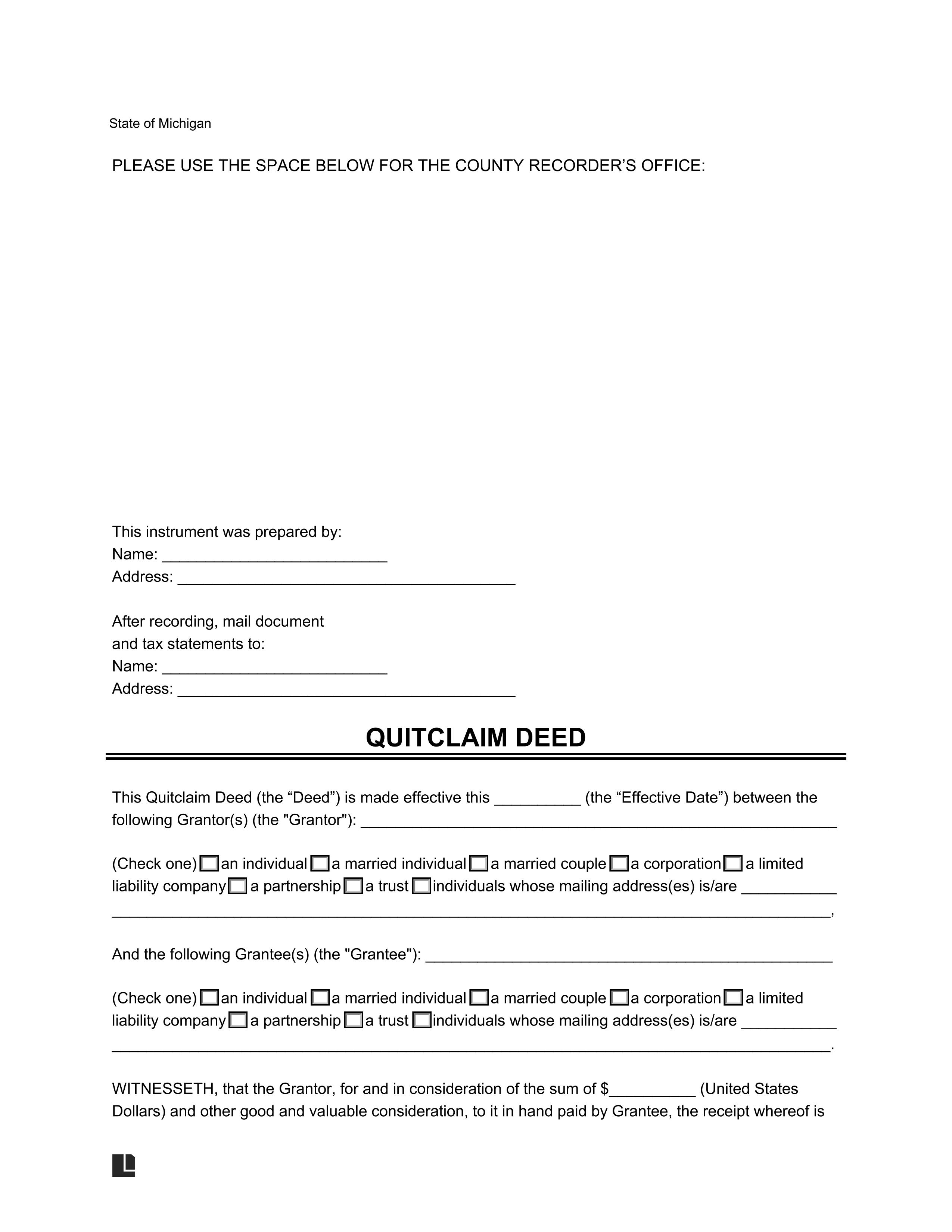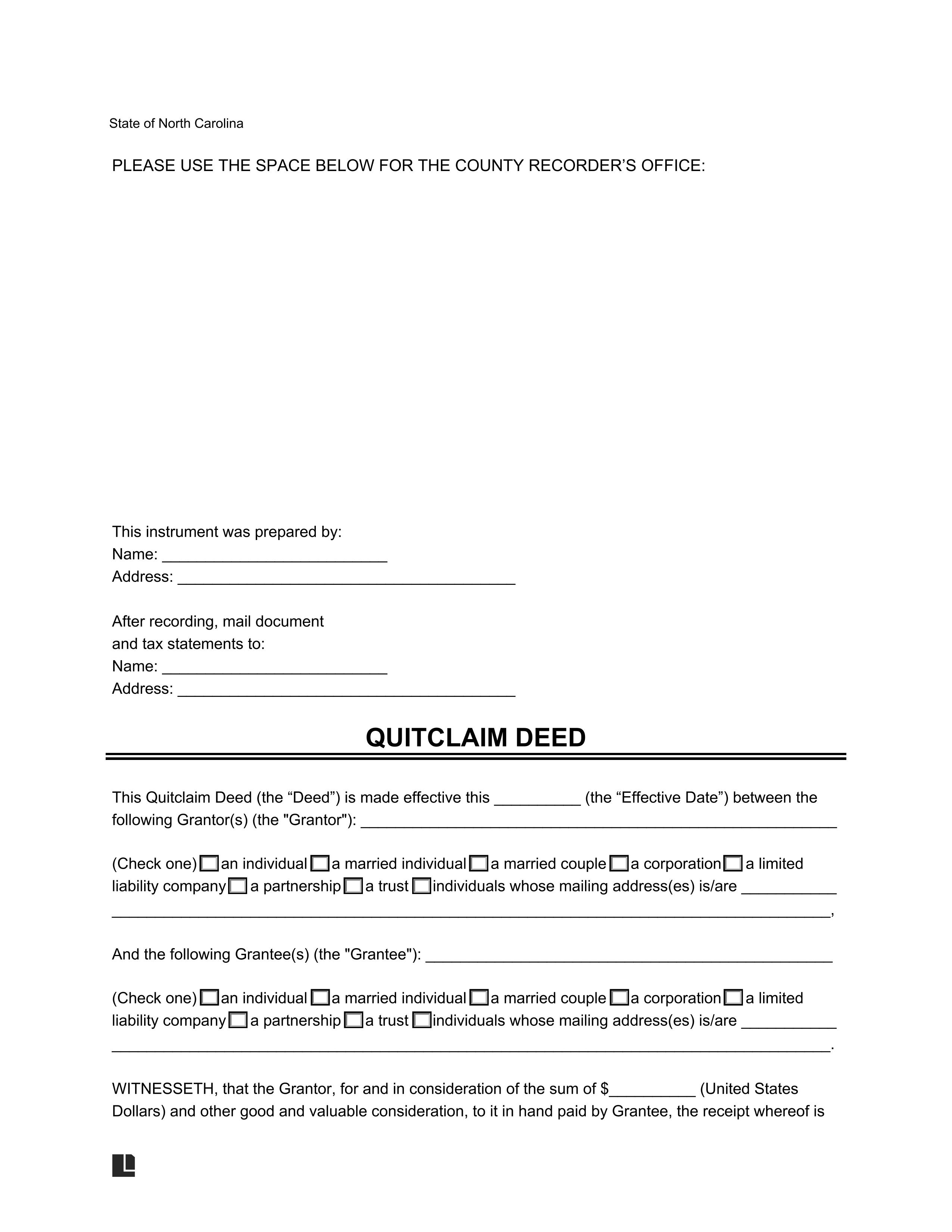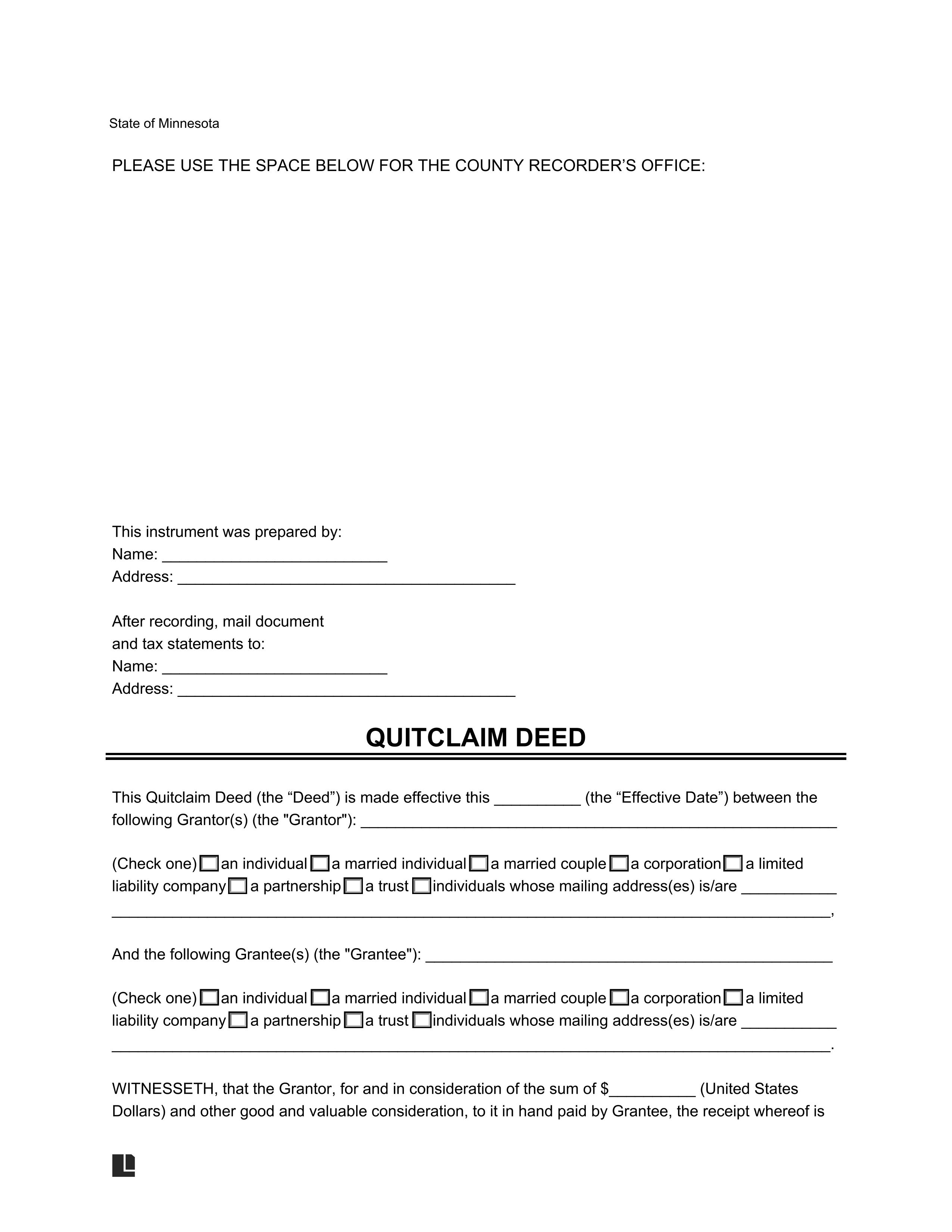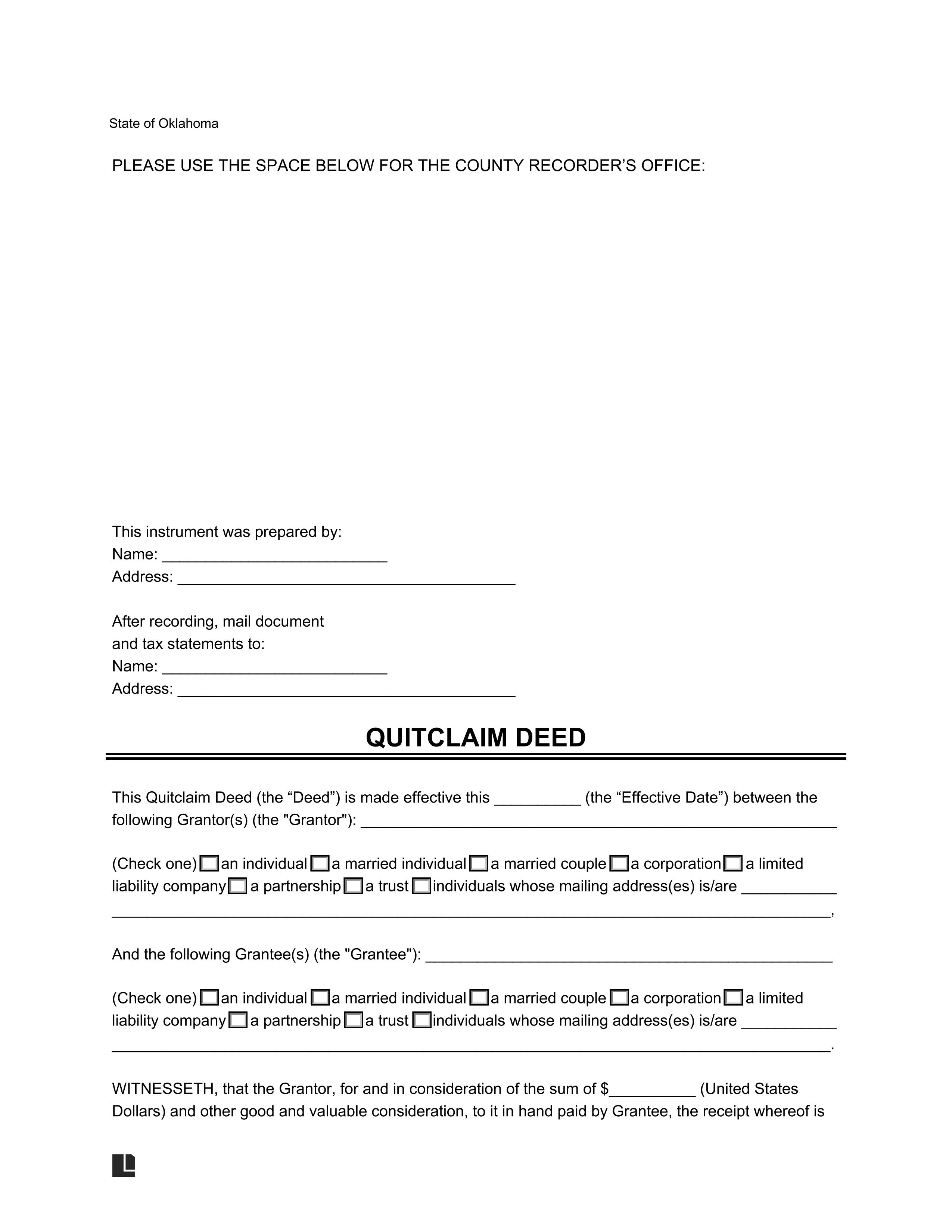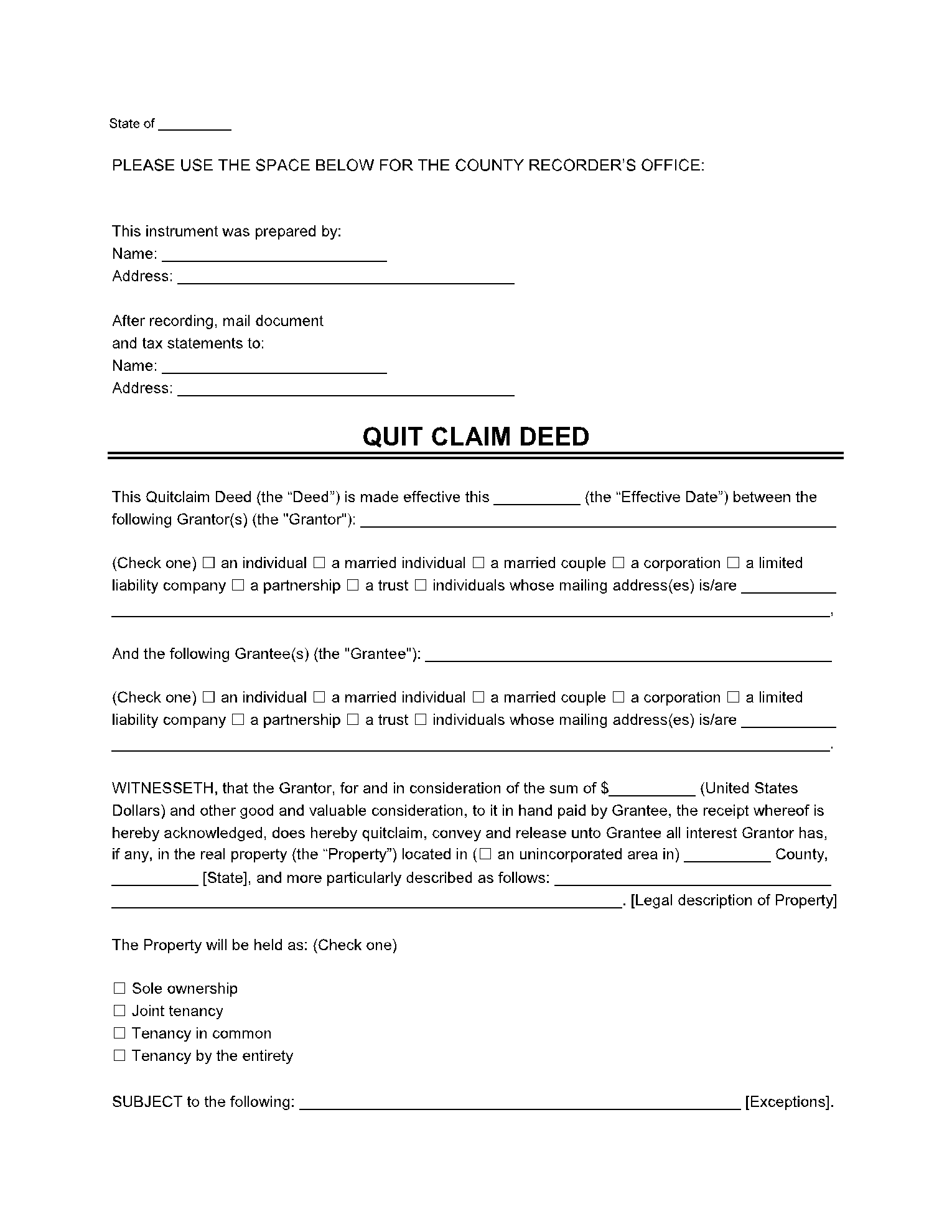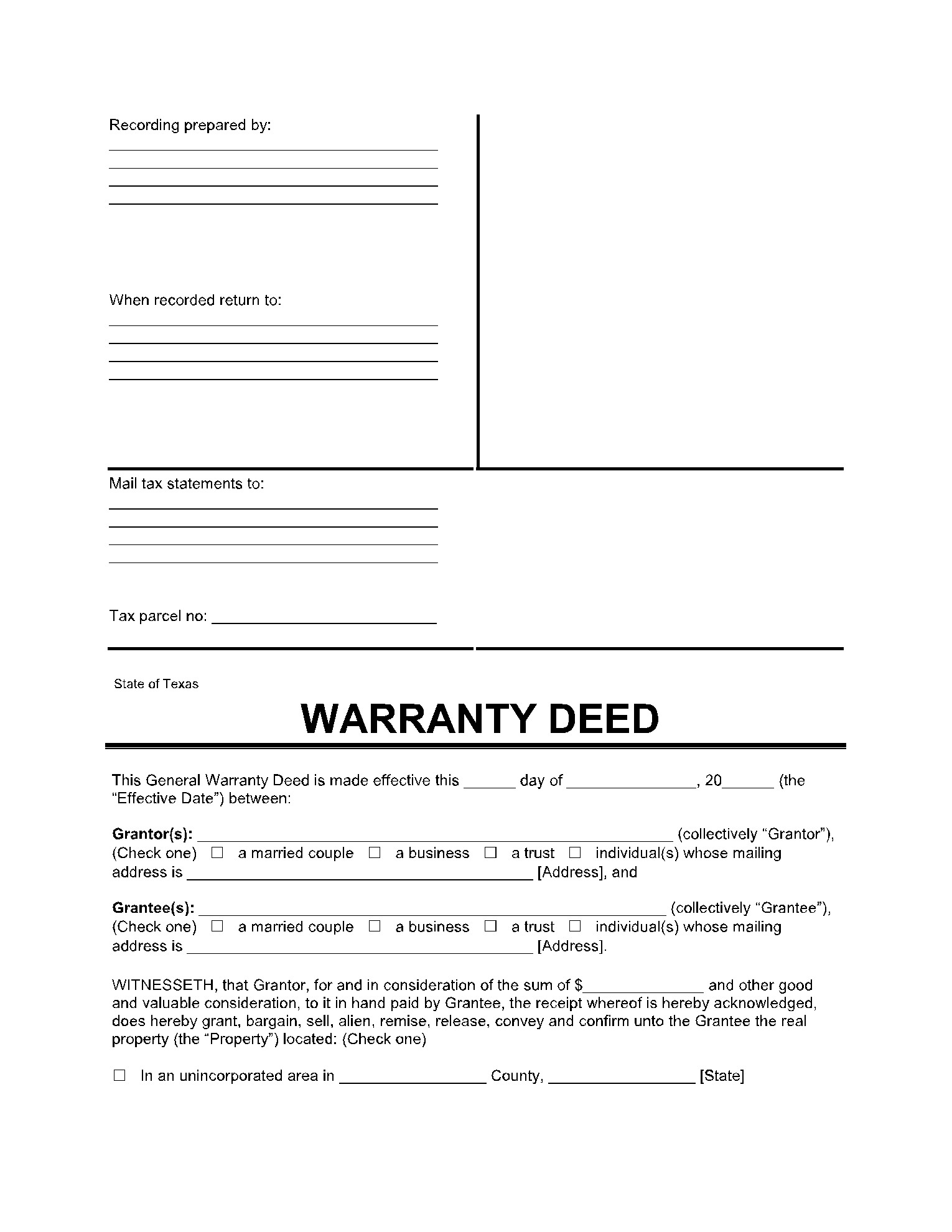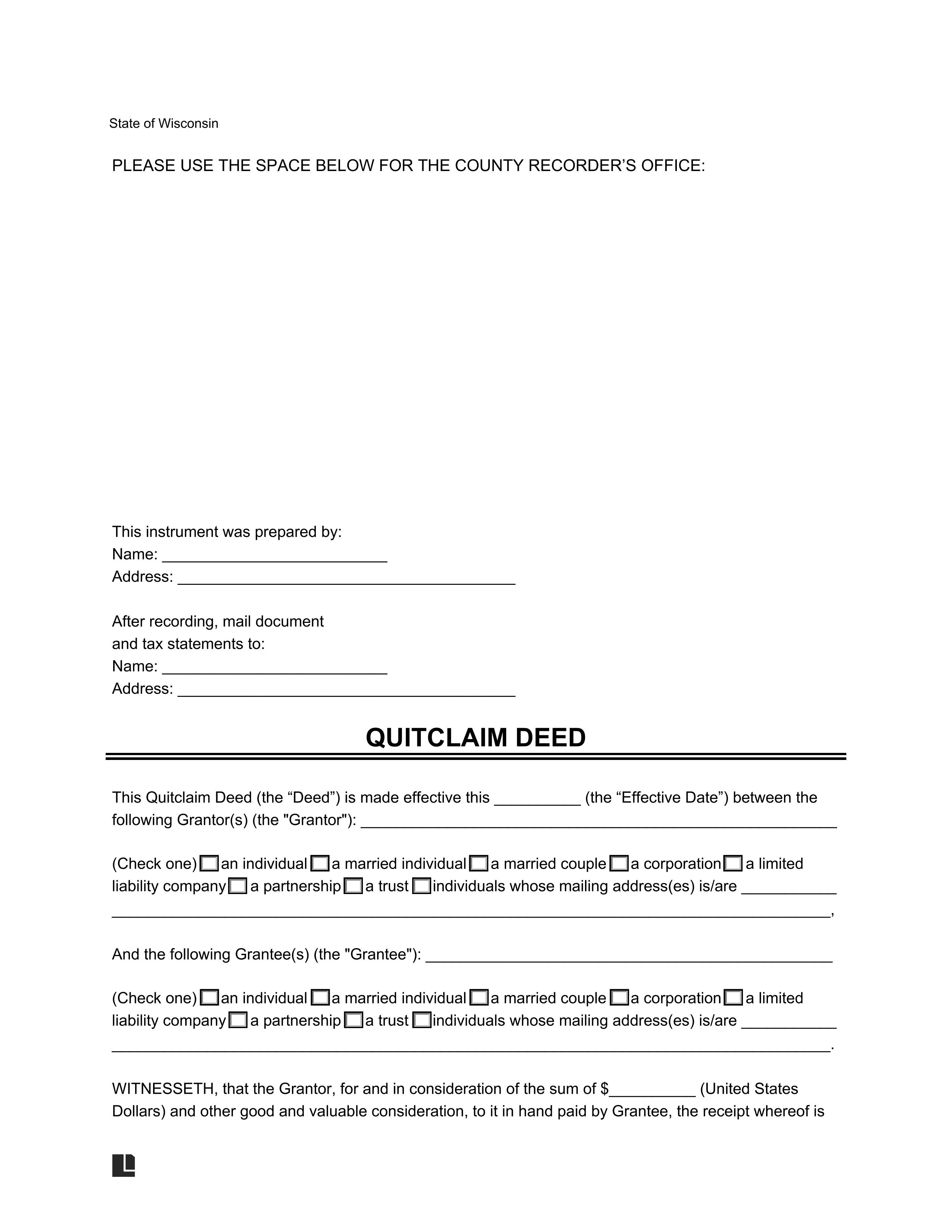Historically, real property was transferred through a ceremonial act known as the "livery of seisin." In the event the person transferring the property, say a land, took a twig or clod of turf from the land and handed it to the land’s new owner. A verbal or written statement often accompanied the gesture, though it was the livery of seisin that legally transferred the title to the property. In this modern-day, the title to real property is conveyed by a paper deed.
In the case of transferring property ownership, various deed forms are mandatory. Yet, they are often named based on the type of warranty provided or their origins. Create a high-quality deed form document online now using the CocoDoc document management solution. You can choose from a large collection of templates per your preferences.
What Does a Deed Form Mean & How Does It Work?
A deed is a signed legal document that transfers real property ownership such as home and land from one party (grantor) to another(grantee). This deed transfer form is typically filled-in with the County Registry of Deeds when closing the sale.
To be legally enforceable, a property deed transfer must identify itself as a deed, describe the property accurately, be signed by both the seller and homebuyer in the presence of witnesses or a notary as what is required in the state. State laws also require that a deed be filed with the recorder's office so that lenders, taxing authorities, and others can access ownership information.
The purpose of a deed form is to transfer a title, a legal document proving ownership of a property or asset, to another person. When writing the transfer deed, you’ll have to verify with the County Registry to ensure the grantor is, in fact, the owner of the property.
If the deed is not written, notarized, and entered into the public record, it can be an imperfect deed transfer form. The document is still valid, but the related paperwork may need to be cleared up with the state if there is a legal challenge.
When to Use a Deed Form?
Some states do not use deed transfer forms. In other states, state law requires the use of a property transfer form whenever the buyer is purchasing a property. Therefore, people use a deed when substantial interests are at stake, such as when they pass an interest, right, or property. Transfer of deeds forms are mainly used when:
- Transferring property
- Assigning intellectual property between related companies.
- Entering into a non-disclosure deed where you want to ensure that another party does not share your confidential information.
- Documenting an agreement that you have reached with another party after a dispute.
- Providing a bank guarantee or letter of credit.
- They may also be used for other types of loans and contracts when the real estate will serve as collateral for the contract’s loan or performance.
Whether you’re selling a house or land, such interest must be registered with the Land Registry using property deed transfer. Real estate deeds are used to facilitate residential and commercial transactions involving real estate. In court proceedings, real estate deeds can be used when court officials seize the property because of unpaid taxes. One type of deed, a deed of trust, is used as an alternative to a traditional mortgage.
Essentials of a Deed Form
While each state has its requirements, most deeds must contain several essential elements to be legally valid:
- They must be in writing. Property deeds transfer in the United States must be in writing; otherwise, the agreement is not legal. Operative words of conveyance must be included to show the legal transfer of ownership from one person to another.
- The grantor and grantee must be identified in full legal names to be ascertainable. Each party should be designated with its title. All parties must have the legal capacity to either transfer the property or receive the grant of the property.
- The property must be adequately described. This could include a lot, section, block, or plot number. It may be a "metes and bounds" description, or it may identify the official name for the subdivision, the block number in the subdivision, and the specific lot number being purchased.
- The grantor or grantors must sign the deed if more than one person owns the property in front of a witness or a notary public. The deed form must be legally delivered and accepted by the grantee or someone acting on the grantee's behalf.
Types of Deed Form
Deed forms are broadly classified as official or private. They’re also categorized based on the type of title warranties provided by the grantor. Visit the CocoDoc site to check out various types of deeds. The different types of transfer deeds include:
Warranty Deeds: The general warranty deed provides the greatest amount of protection. It’s a promise that the grantor will warrant and defend the title against claims. The grantor agrees to protect the grantee, and grantee's heirs, from any prior claims or demands from third parties, made regarding the property.
Quitclaim Deeds: Releases a person's interest in an asset without stating the nature of their interest or rights. A quitclaim deed offers no warranties at all for the grantee. It only transfers the interest the grantor has in the property. It doesn’t guarantee that the title is clear. There’s no problem if the title is good. However, if it’s defective, there are no legal remedies available to the grantee. Quitclaims are usually used in divorce situations.
Special Purpose Deeds: Special purpose deeds are generally used when the court gets involved for some reason. The most common special-purpose deeds are an administrator’s deed, a deed of gift, a tax deed, a deed in lieu of foreclosure, an executor’s deed, and a sheriff’s deed.
